Fruit production is more than just an agricultural activity—it’s a vital component of global food security, nutrition, rural employment, and trade. Some countries stand out as global leaders in fruit production, contributing massively to both domestic consumption and international markets. But what exactly makes a country excel in fruit production? This article delves into the various factors—natural, economic, technological, and policy-driven—that determine a nation’s fruit-producing strength.
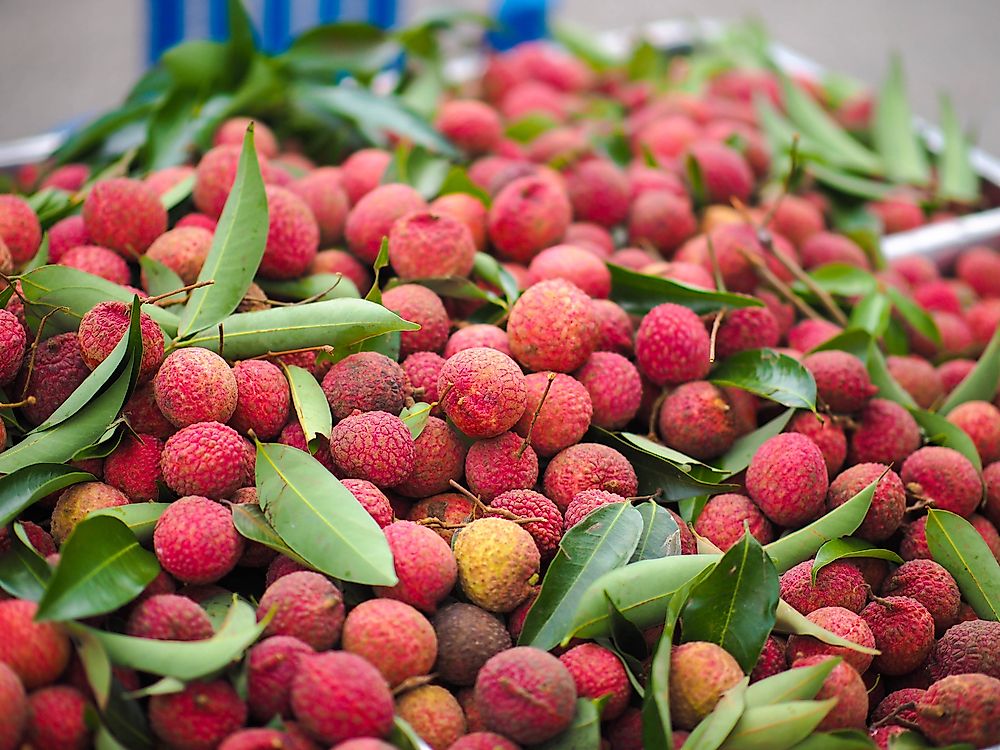
1. Climate and Geography: Nature’s Gift to Farmers
One of the most fundamental factors influencing fruit production is climate. Fruits are highly sensitive to climatic conditions, with most varieties requiring specific temperature, rainfall, and sunlight levels. For instance:
- Tropical fruits like mangoes, bananas, and papayas thrive in hot, humid conditions with ample rainfall—common in countries like India, the Philippines, and Brazil.
- Temperate fruits such as apples, cherries, and pears require cold winters and warm summers, found in regions like the USA, China, and parts of Europe.
Geography, including altitude and soil type, also plays a role. The volcanic soils in Central America, for example, are rich in nutrients and ideal for growing high-quality pineapples and avocados.
Example:
China benefits from vast and varied geography that supports everything from apples in the north to citrus in the south. India, too, leverages its tropical and subtropical zones for a diverse fruit basket.
2. Advanced Agricultural Technology and Infrastructure
Countries leading in fruit production often invest heavily in agricultural technology and infrastructure. These include:
- Drip irrigation systems to save water in arid regions.
- Precision farming tools using sensors and drones for optimized yield.
- Cold storage and transport networks to reduce post-harvest losses.
Technological advancements ensure that fruits are produced not only in abundance but also in quality and safety, allowing producers to meet export standards and consumer preferences.
Example:
Israel’s advanced drip irrigation has transformed its desert landscapes into thriving fruit orchards. Similarly, the USA has adopted automation in harvesting and sorting, drastically improving efficiency.
3. Research and Development (R&D) in Horticulture
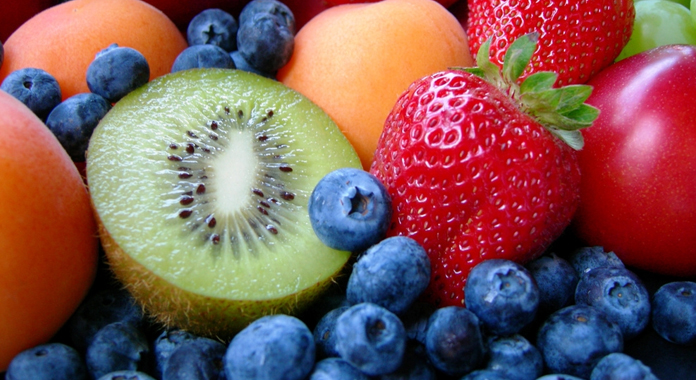
Ongoing scientific research is a key driver of fruit production excellence. Nations with strong R&D focus tend to:
- Develop disease-resistant and high-yielding varieties.
- Innovate in pest control and organic farming techniques.
- Optimize fertilization and pruning methods.
Institutes such as ICAR (India), USDA (USA), and CAAS (China) play a crucial role in supporting fruit farmers with actionable insights and plant varieties tailored to changing climates and market needs.
Example:
India’s success in mango and banana cultivation is partly due to local agricultural universities developing varieties like ‘Alphonso’ and ‘Grand Naine’ suited to domestic soil and weather conditions.
4. Government Policies and Subsidies
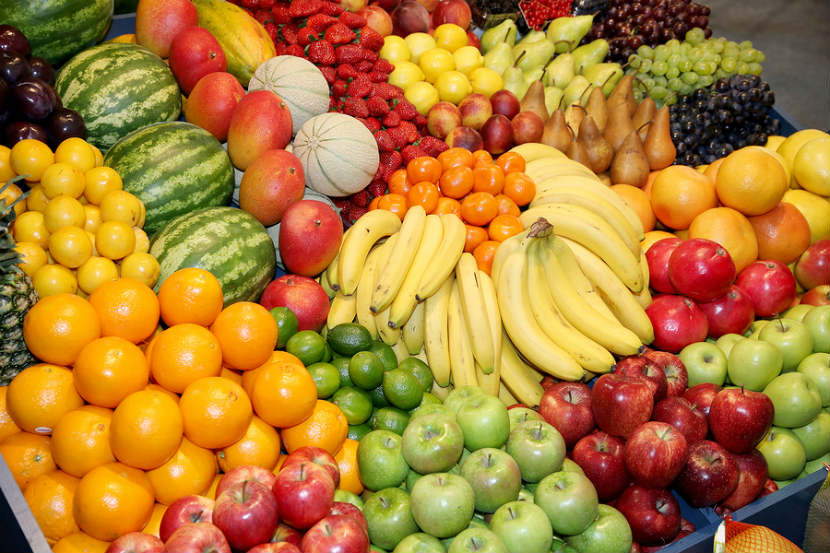
Fruit production often flourishes in countries where governments actively support the agricultural sector. Policy measures may include:
- Subsidies for seeds, fertilizers, and machinery.
- Minimum Support Prices (MSPs) or purchase guarantees.
- Export incentives and trade negotiations to access international markets.
Governments may also promote sustainable farming practices, organic certification, and crop insurance—all of which help stabilize income and encourage farmers to invest in fruit cultivation.
Example:
India’s National Horticulture Mission has significantly boosted fruit production, while Brazil’s agriculture credit systems provide low-interest loans to orchard owners.
5. Access to Domestic and International Markets
Being a leading fruit producer is not just about growing fruit—it’s about selling it. Countries with access to:
- Large domestic consumer bases (e.g., India and China) can consume their own produce profitably.
- International trade partnerships and free-trade agreements (e.g., EU, NAFTA, ASEAN) can export surplus production.
- Efficient logistics and port facilities enable timely export of perishable items.
Fruit quality, certification (like GLOBALG.A.P.), and branding also play a crucial role in fetching premium prices in foreign markets.
Example:
Chile, despite its smaller size, is a major exporter of grapes, apples, and kiwis, thanks to its trade agreements and highly efficient logistics network.
6. Availability of Skilled and Affordable Labor
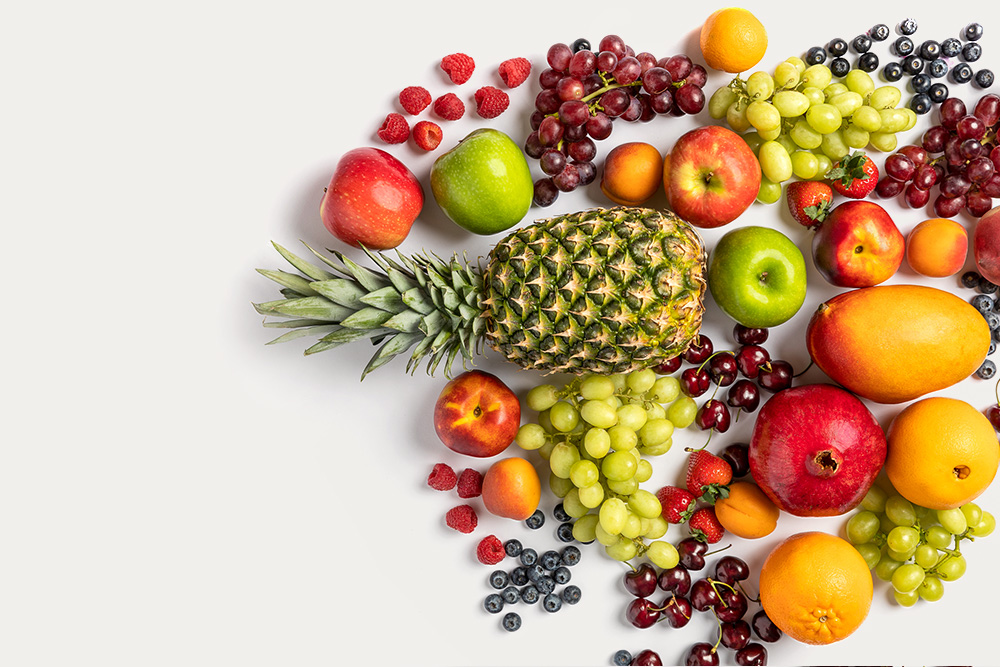
Fruit farming is often labor-intensive, especially for crops requiring manual harvesting or delicate handling. Countries with:
- A large rural population
- Skilled agricultural laborers
- Relatively lower wage structures
…can produce fruits competitively. Additionally, labor training programs improve productivity and quality.
Example:
India and the Philippines leverage a large agrarian workforce, while countries like Italy train workers in orchard management for high-value fruit crops.
7. Cultural and Historical Importance of Fruits
In many countries, fruit cultivation has deep cultural roots. This often leads to:
- Generational knowledge passed down in farming families.
- Traditional techniques refined over centuries.
- Consumer demand for heritage varieties.
A cultural emphasis on fruit consumption also boosts domestic demand, helping stabilize the market for growers.
Example:
Mangoes in India and grapes in Italy are not just crops—they’re part of the national identity. This emotional and economic investment helps sustain production at large scales.
8. Adaptability to Climate Change and Sustainability Practices
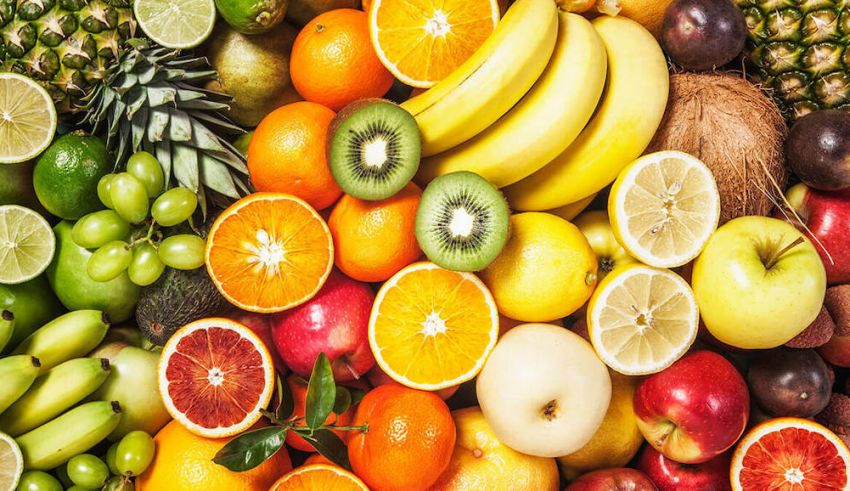
With climate patterns shifting, the ability to adapt is becoming critical. Leading fruit-producing countries are:
- Switching to drought-resistant varieties
- Adopting climate-smart agriculture
- Promoting agroforestry and biodiversity
Sustainable practices ensure long-term viability and appeal to global markets concerned with ethical sourcing and carbon footprints.
Example:
Spain and Australia have invested in solar-powered irrigation and organic certification to future-proof their fruit industries.
9. Export Branding and Reputation
Reputation matters in fruit exports. Countries that build a brand around quality, safety, and flavor tend to command higher prices and loyalty.
- Thailand is known for sweet mangoes.
- New Zealand exports premium kiwis.
- Mexico is a global leader in avocado branding.
Branding involves certifications, promotional campaigns, and diplomatic efforts to build recognition in foreign markets.
Conclusion
A nation’s status as a leading fruit producer is not accidental—it’s a result of a complex interplay of favorable natural conditions, forward-thinking policy, technological innovation, skilled labor, and smart market strategies. While countries like India, China, the USA, and Brazil top the charts in volume, smaller nations like Chile, Israel, and New Zealand show how strategic approaches can turn even limited resources into export goldmines.
As global demand for healthy, natural foods rises and climate concerns grow, the next generation of top fruit producers will likely be those that combine sustainability with innovation. Understanding what makes these countries successful can offer valuable lessons for emerging players in the global fruit industry.

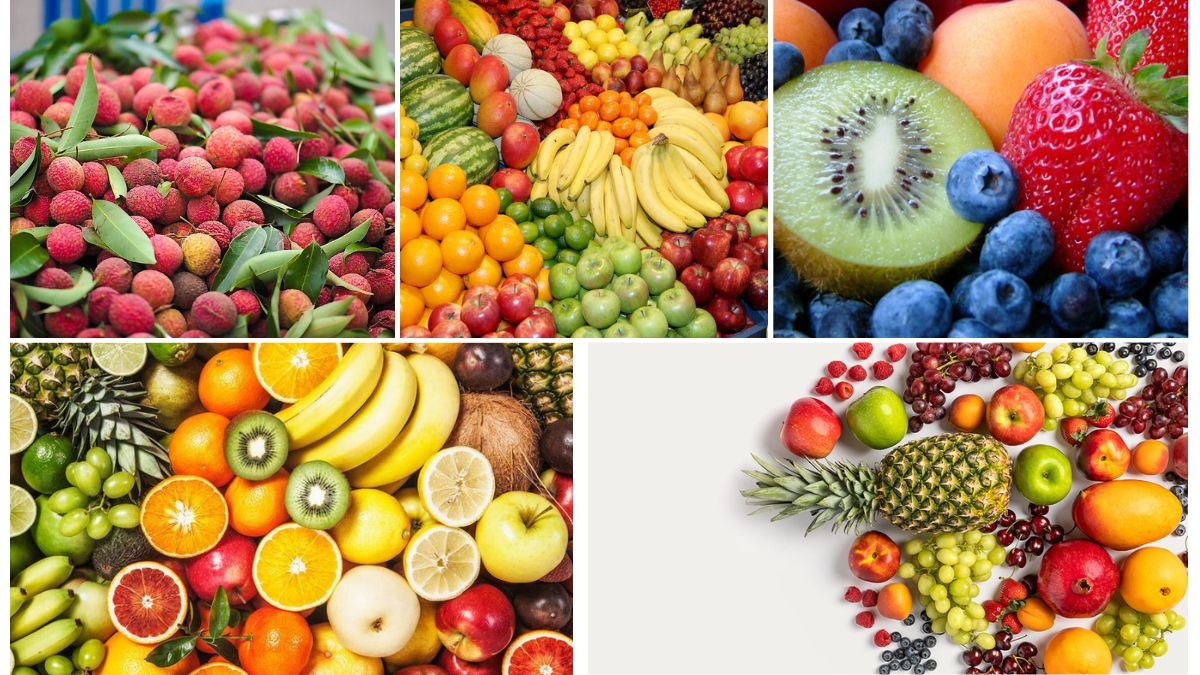
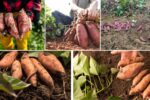




Leave A Comment